QuestionMy neighbor just bought two colts at an auction and they are very skiddish. We have seperated them into seperate stalls, but they are still very nervous around us and we cant get close enough to tough them. What are your suggestions to help them other than give it time. Specific techniques and suggestions would be greatly appreciated. Your help would be of great value.
AnswerHi Crystal,
There are several factors when it comes to your question. How old are the colts? Have they been together for a while and formed a bond? Are they halter broke? If the colts are young, say less than a year old, I would put them in a pen together. Not in a stall together as they would play and one or both would get hurt. If one or both are stud colts and over a year I would separate them in separate pens. Around a year old, some less, some longer, stud colts hormones start kicking in and that is a whole other problem.
Now concerning your question on getting close enough to touch them. I would work on each colt separately. To try and gentle both at the same time would be a mistake. Their fear would feed off of each other. If you have a round pen, preferably one 6ft tall, I would put one in it and just let the colt run around and explore it for a few minutes. It will sniff and maybe run and kick up. Let it do it. Then go into the round pen and just hang around. Don't try to approach the colt at first. Act like it's not there but keep an eye on it out of the corner of your eyes. Pretend your just there checking the dirt or fixing a panel. Don't look it in the eyes. If you look it in the eyes it will perceive you as a predator. Predators look right into the eyes of their prey. And that would show predatory behavior. Horses aren't afraid of predators. They are afraid of predator behavior. Watch a dog around a spooky horse. If the dog crouches and stares at the horse as if it wants to eat it, the horse will go into fight or flight mode. If the dog just ignores the horse and acts like the horse isn't there the horse will just look at the dog and go about it's business. Let the colt get use to you being around it but don't approach it yet. Bring a bucket and have a seat. Read a magazine. Bear in mind this is something you can't hurry. This will take some time. It may take several times of doing this for the colt to feel comfortable with you being this close. But be patient. After a while, maybe a few sessions, the colt will appear to ignore you or maybe even start to come closer to you. Don't be fooled. Believe me, the colt knows your there. But don't be afraid either. Stay safe but don't show it your afraid. The colt will get jumpy and know something is wrong if you do. If the colt does approach you, do nothing. Just sit there and ignore it. Young horses are curious and want to smell things. Let it. Let it smell you. It may just sniff and then walk away. That is ok. That is a starting point. Every trip has to have a first step. That would be it. That would be a good time to get up and end the lesson. You can do this several times a day or once a day. Each session get closer and closer to the colt. Once you feel the colt is comfortable with you near it, extend a hand to it with the back side of your hand up. Don't look it in the eyes. If the colt extends it's neck and wants to sniff it, gently (don't snatch) your hand away. Then do it again only let it sniff your hand. Then walk away. Each time leave it longer. Carefully observe the colt. Now this is important. Try to time this just right. If the colt turns away try to walk away from it first. If you think the colt will turn away in 6 seconds, you walk away in 5 seconds. Make it your idea to walk away and not the colt. Don't walk away fast. Just casually turn and leave. You don't have to go far, just a few feet. Do this process over and over. You'll find the colt will start wanting to be with you. Once it starts staying with you and puts it's nose on your hand you can then begin to rub it. Just start with the nose. Gently stroke it's muzzle. Don't approach the colt's eyes yet. Work your way from the muzzle to it's neck and withers. Try to stay at a forty-five degree angle from it's front feet. At first keep your sessions short. Say 15-20min. The time can be extended as the sessions progress. Work on one side and then the other. Remember, horses have two sides to their brains. Just because you rubbed it on one side doesn't mean the other side knew anything about it. Over time you'll find you can just walk up and pet your colt. It will learn your not a threat and will actually crave to be with you. Remember, this is going to take time. It doesn't happen over night. Gentling a young horse takes time and tons of patience. I never rush it. When I was younger in South Texas we "broke" horses. That was the only way we knew to do it. Lasso the horse, snub it tight to a strong post, hobble it's front feet, put a belly rope around it and tie up one rear foot, throw a saddle on it and climb on. Turn it loose and let the rodeo begin. I have many broken bones to prove that this is not the way to train a horse. Since those younger days, I have gotten older, hopefully wiser, and have learned there is a much better way to gentle a horse. I don't get hurt and the horse doesn't get hurt. So take your time and be patient. It will come. Remember to work with each colt separately. Let me know how it goes. If you have any other questions feel free to ask. Be safe. Your safety is number one. You can't train a horse lying in the ER with broke bones.
I hope I have answered your question. If not, let me know and I will try again. Thank you for contacting me. You can also contact me at blpdoc82652@yahoo.com. My facility is YAZOO EQUINE TRAINING.
Good luck.

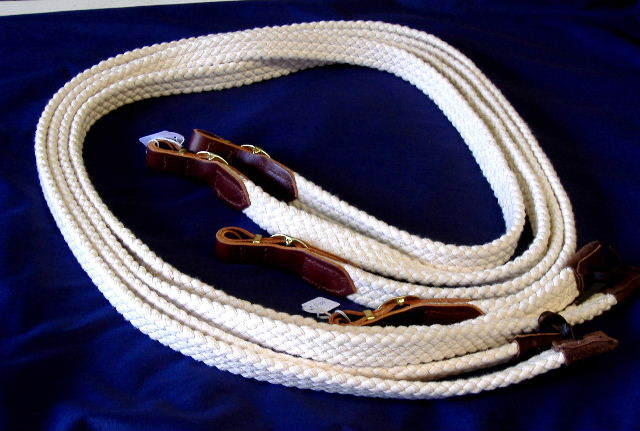 braided reins for racing
Question
braided reins
hello sir, what are the u
braided reins for racing
Question
braided reins
hello sir, what are the u
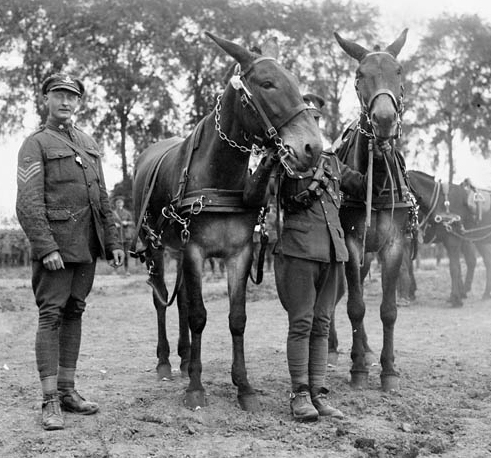 mules with horses
Question
mules
hello maam, are mules good for pleasure
mules with horses
Question
mules
hello maam, are mules good for pleasure
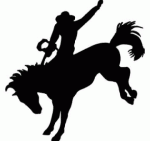 breaking a yearling
Question
breaking yearling
hello. may i know why cow bo
breaking a yearling
Question
breaking yearling
hello. may i know why cow bo
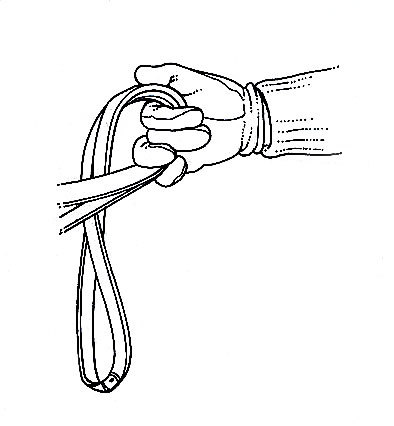 holding reins gently
Question
holding reins gently
hello, why shouldnt i hol
holding reins gently
Question
holding reins gently
hello, why shouldnt i hol
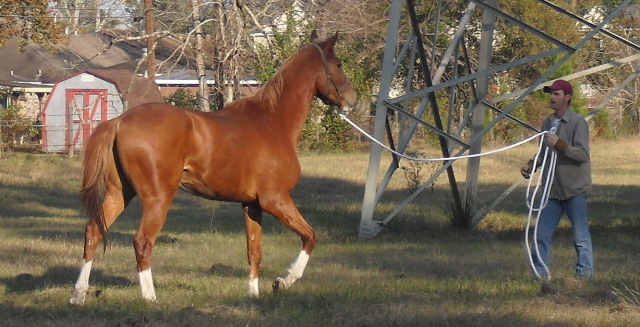 Habits/Routine
Question
Jasper
I have a 3 yo TB that we purchased a mo
Habits/Routine
Question
Jasper
I have a 3 yo TB that we purchased a mo